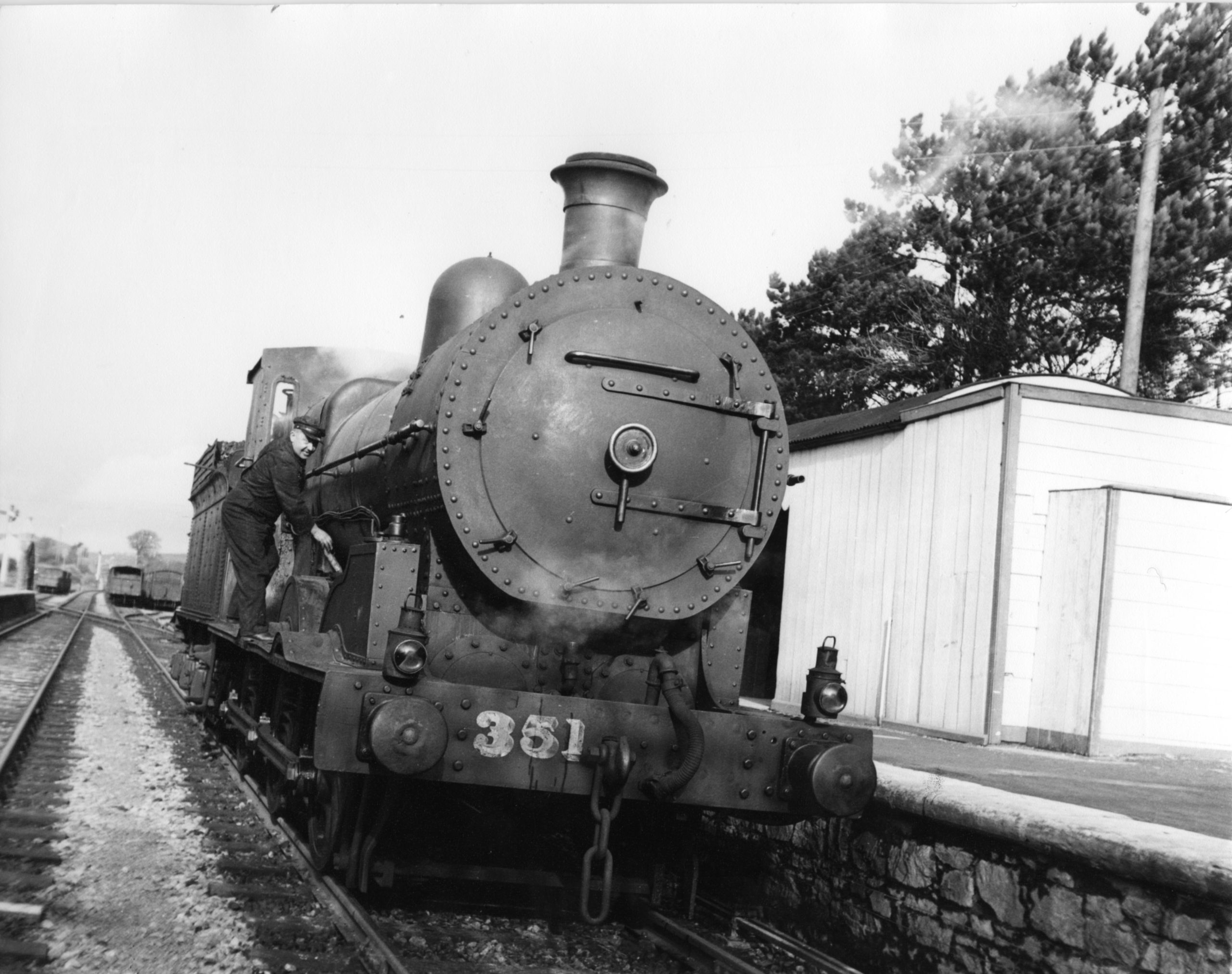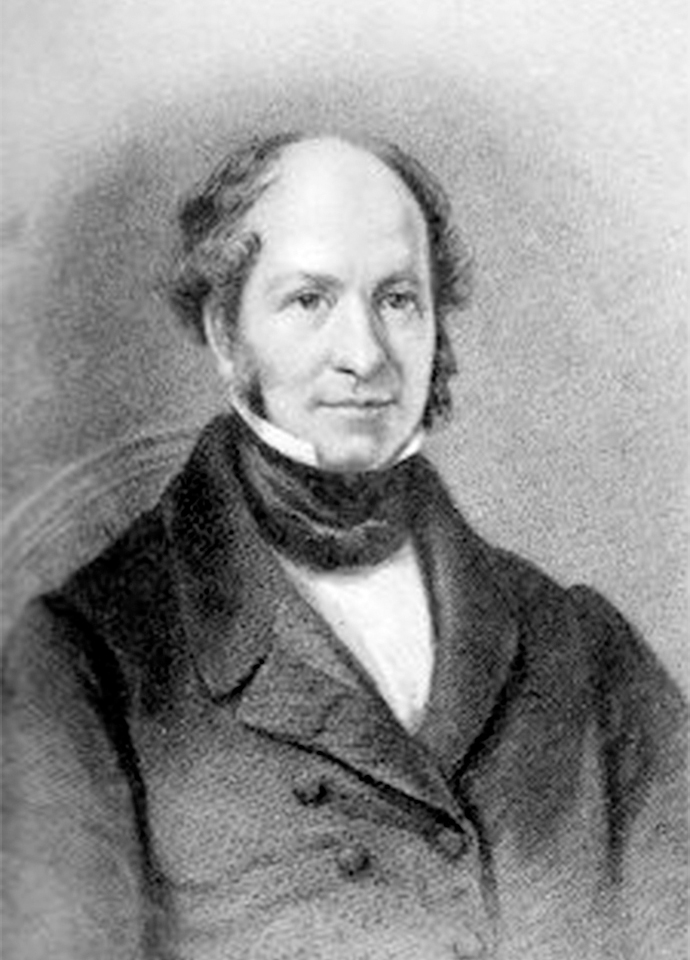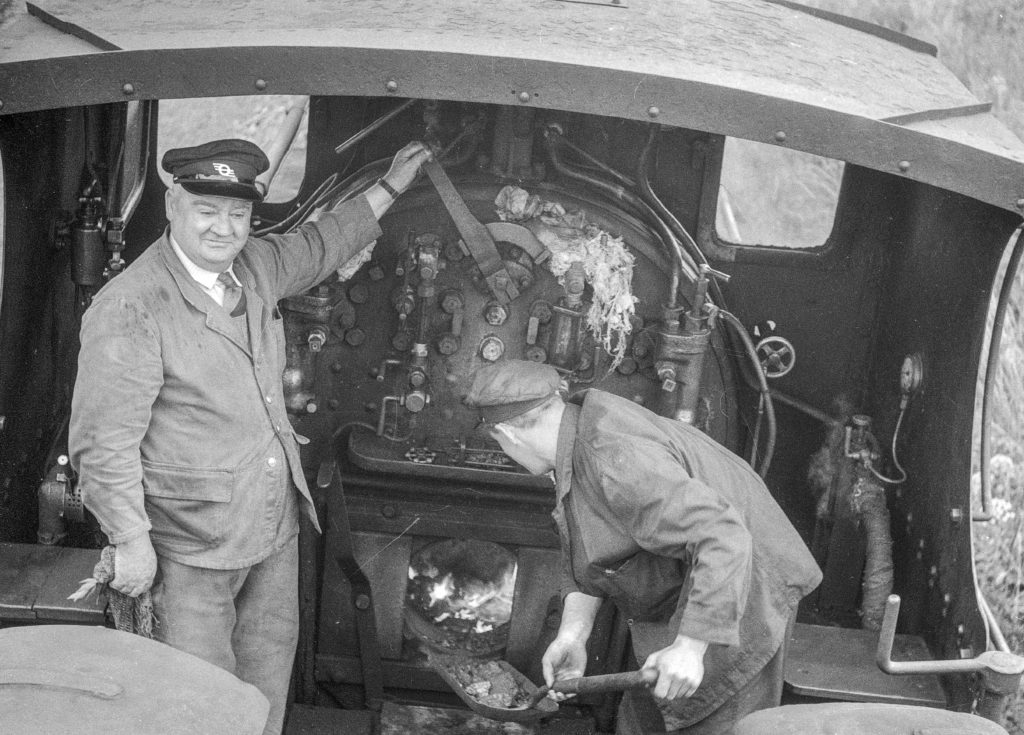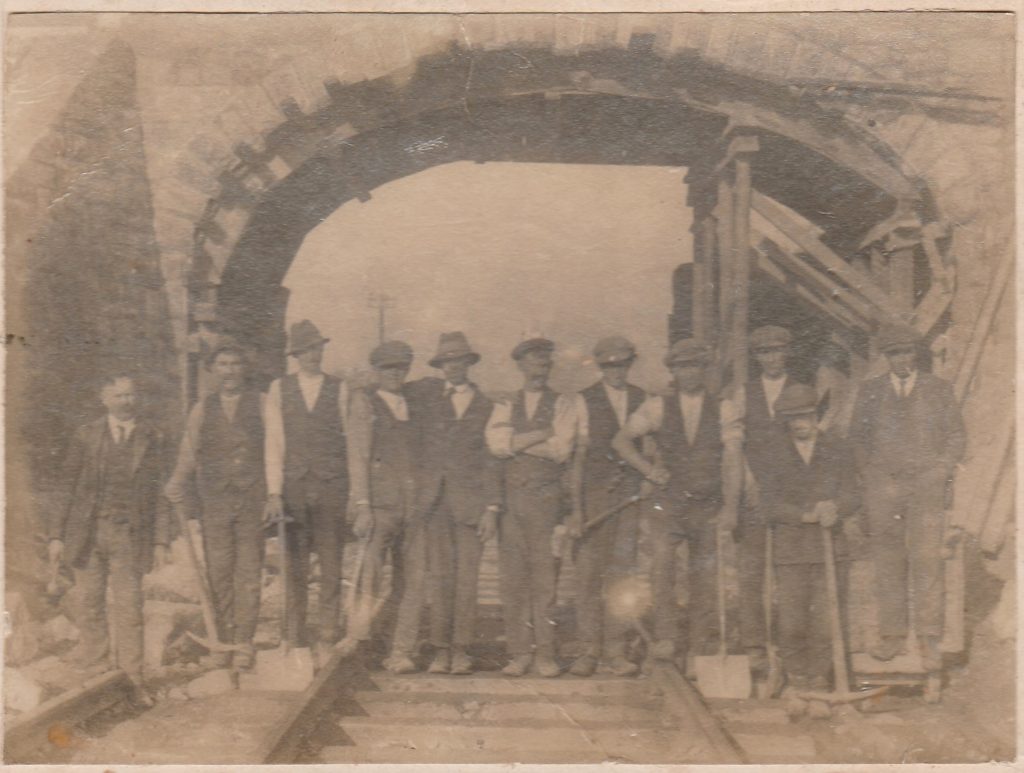
Mallow to Waterford Goods Train – Shovelling Coal. © Waterford County Museum

William Dargan, son of a Carlow tenant farmer, was the father of Irish railways. Born at the end of the 18th century in 1799, he transformed transport in the next century. He attended a hedge school in Carlow, excelled at maths and accounting and got work in a surveyor’s office. From there he worked on roads in Dublin where he made his first profit and invested that money in later ventures. His excellent work saw his reputation soar and he personally championed the proposed Dublin to Kingstown (Dún Laoghaire) Railway, doing surveys at his own expense.
Awarded the contract to build Ireland’s first railway in 1833 between Dublin and Kingstown, twenty years later he had built 600 miles of railway. He worked on the GS&WR, Dublin Drogheda Railway and the Midland Great Western projects. Queen Victoria came to visit the 1853 Industrial exhibition he organised and he entertained her at his home in Fitzwilliam square where she offered him a Knighthood, but he refused it as an Irish patriot. He built the Waterford to Tramore railway in 1853 and died of a fall from his horse in 1867. His name lives on in the Dargan Bridge over the Luas in Dundrum, which runs on the trackbed of one of his old lines.
It may be unusual to have a railway line in Ireland called the Duke’s line, but this line, opened in 1878, was because of the Duke of Devonshire. He wanted to connect his estate in Lismore with Waterford Port to export his herds of cattle, sheep and pigs and the salmon which abounded in the Blackwater River. He was inspired by the prospect of a new steamer from Milford in Wales to Rosslare.

©Robert Shortall /IRRS Archive
Lismore castle was the Irish home of William Cavendish, 7th Duke of Devonshire, he had a keen interest in railways. In 1843 he launched the Furness railway to transport his iron ore from the mines to the coast. He was an engineer at heart and became not only one of the most important industrialists, but also one of the richest men in England. His home in Chatsworth, in Derbyshire was the setting of D’Arcy’s home in Jane Austen’s Pride and Prejudice.
The Duke fully funded the building of the Lismore to Fermoy line and was the main shareholder in the Waterford, Dungarvan & Lismore Railway Company. Railways were a collaborative process, with the Duke persuading landowners along the line to sell land and chip in to fund the works and materials – in return they got their own private platform.
One such landowner was the Congreve family in Mount Congreve Estate, now recognised as one of the finest gardens in the world. The families were good friends, and the railway connected their estates. We can only imagine the parties! The Waterford Quakers raised £77,000 for the railway, they were very wealthy through the Portlaw Mills and funded a lot of infrastructure around Waterford.
The WD&L Railway Company was not a great investment for the shareholders because it was the most expensive line to be built in Ireland at the time. It had the most difficult route and included some very impressive and expensive railway infrastructure. For anyone who has cycled or walked the Waterford Greenway you will have noticed the line is quite hilly with a series of sharp curves. You will have gone over the magnificent viaducts in Kilmacthomas and Ballyvoyle. And experienced the 418 ft long tunnel in Durrow. Within the environs of Kilmeadan Station alone there are three spectacular stone railway over bridges.
1n 1904, King Edward V11 was entertained in the Waterford City Hall by the Mayor of Waterford John A. Power. The King was very impressed by the hospitality shown to him and his party which included his wife Queen Alexandra and their daughter Princess Victoria. To show his appreciation he enacted a simple ceremony and bestowed a knighthood on the Mayor on the platform of Waterford South Station. The King then took the train through Kilmeadan to Lismore where he was greeted by the Duke of Devonshire.

©Thomas Lennon
Another story tells of the visit of Prince and Princess of Wales (later King Edward VII and Queen Consort Alexandra) and Prince Albert Victor, accompanied by Lord and Lady Lismore on a visit to Lord Waterford at his estate in Portlaw, Co Waterford. They disembarked at Kilmeadan Station, where they were taken by Lord Waterford’s Carriage drawn by two grey horses to Curraghmore Estate. Mr Connington, the Station Master had everything in admirable order. The station was decorated with flags, flower and garlands. There were up to 200 people on the platform. A military escort in waiting consisted of a squadron of the 21st Hussars under Captain Montague, a detachment of Waterford Artillery under Captain Cuffe and a large force of police under County Inspector Owen and district Inspector Milling and Higgins. A large number of local people greeted the Royals in respectful silence on the bridge. A small number of farmers stood in a field on the way to Portlaw with a black banner on which the words “Evicted tenants…Will the Prince reinstate them” were printed.
While the railway was in operation it would have reflected the history of the time in Ireland. Carrying emigrants, exporting goods and the emergence of tourism, it reflected the social, economic, and political changes that marked the period of its existence. It was the hub of the community. Many tears were shed on this platform as family members left for faraway place but it was also the scene of great excitement as families waited for the train to take them on day excursions. News from the outside world was brought by rail, good and bad in equal measure.
Waterford Suir Valley Railway was set up to preserve Ireland’s rich railway history so that this and future generations will never forget the important role the railway played in everyday life in Ireland – nothing else evokes romance and nostalgia in equal measure the way railways do.
